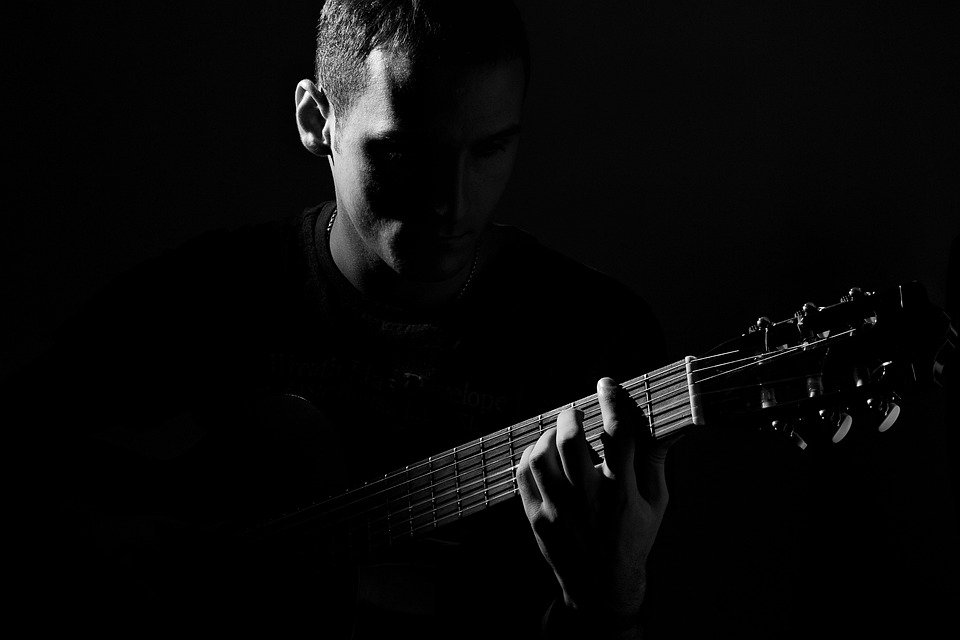Art has always been a reflection of human experience, encapsulating the diversity, complexity, and richness of cultural identities. From the vibrant colors of a traditional painting to the rhythmic beats of an ancient dance, artistic expressions serve not only as a medium of communication but also as a potent reservoir of cultural heritage. They shape our identity, influencing how we perceive ourselves and how we relate to others. In exploring the interplay between culture and identity, we can glean insights into how artistic expressions provide a lens through which we navigate our personal and collective experiences.
The Culture-Identity Connection
Cultural experiences are integral to our understanding of who we are. They encompass language, religion, social practices, and yes, the myriad forms of art that arise from these experiences. Our identities are not formed in isolation; they are influenced by the cultural narratives that surround us, from the lullabies sung in childhood to the literature that resonates with our life experiences. Each of these artistic expressions carries with it a history, a social context, and a set of values that inform our understanding of ourselves and our world.
Cultural identity is multifaceted, often shaped by factors such as ethnicity, geography, and community. Artistic expressions embody these intricacies, telling stories that span generations and reminding us of shared histories. For instance, the folk songs of a community can serve as historical documents that capture the struggles and triumphs of a people, embodying the values and dreams of a collective identity.
Artistic Expressions as Identity Builders
Artistic expressions provide a canvas upon which personal and cultural narratives are painted, woven, or sung. From the intricate patterns of Indigenous textiles to the powerful imagery in urban street art, creativity serves as a means of asserting identity and heritage. Artists engage with their cultural contexts to reflect their realities and respond to contemporary issues, thereby allowing cultural traditions to evolve while still honoring their roots.
For many, engaging in artistic practices becomes a way to connect with their heritage. Take, for example, the dance forms within various cultures. Traditional dances not only mark communal celebrations but also serve as a means of passing on cultural stories and rituals. Participating in these dances cultivates a deep connection to one’s ancestry and fosters a sense of belonging within a community. Each movement, rhythm, and gesture holds significance, forming a powerful link between the individual and their cultural background.
Bridging Cultures through Art
In our increasingly globalized world, artistic expressions have the power to bridge cultures, creating dialogues among diverse communities. Collaborative art forms—whether through music, dance, or visual art—can foster understanding and respect for different cultural narratives. Art offers a space for individuals to express their unique experiences while engaging with others’ perspectives, promoting empathy and collaboration.
For instance, festivals that celebrate multiculturalism often feature art from various traditions, allowing individuals to share their cultural identities while exposing others to new ideas and experiences. This not only enriches the audience but also empowers artists to reclaim, redefine, and celebrate their cultural narratives in a contemporary context.
Moreover, the digital age has transformed the landscape of artistic expression, enabling a cross-pollination of cultural ideas. Artists from diverse backgrounds can share their works on platforms like social media, reaching audiences far beyond their local communities. This interconnectedness encourages the exploration of hybrid art forms that celebrate multiple cultural influences, allowing for a broader understanding of identity.
Challenges and Resilience
While artistic expression can be a powerful tool for expressing identity, it can also illustrate the tensions arising within cultural dynamics. Issues such as cultural appropriation, misrepresentation, and commercialization can challenge the purity of cultural narratives and lead to the dilution of their significance. Artists often walk the delicate line between cultural appreciation and appropriation, striving to honor their roots while engaging with broader cultural dialogues.
Despite these challenges, the resilience of artistic expression shines through. Artists continuously innovate, creating discourse around cultural identity that prompts both reflection and action. They inspire others to reclaim their narratives, often becoming advocates for social change by highlighting systemic issues within their communities. In this light, artistic expressions become acts of resistance that not only celebrate identity but also demand recognition and justice.
Conclusion
Artistic expressions are more than mere aesthetics; they are profound embodiments of cultural experiences that shape our identities. Through the lens of art, we can explore the intricate tapestry of human experience, honor our cultural heritage, and foster understanding and appreciation among diverse communities. As we continue to navigate a world rich in cultural diversity, the role of artistic expression in defining, redefining, and celebrating our identities remains invaluable. Embracing this creative journey allows us to appreciate the myriad stories that converge to form our collective human experience, reminding us of both our unique identities and our shared existence.




